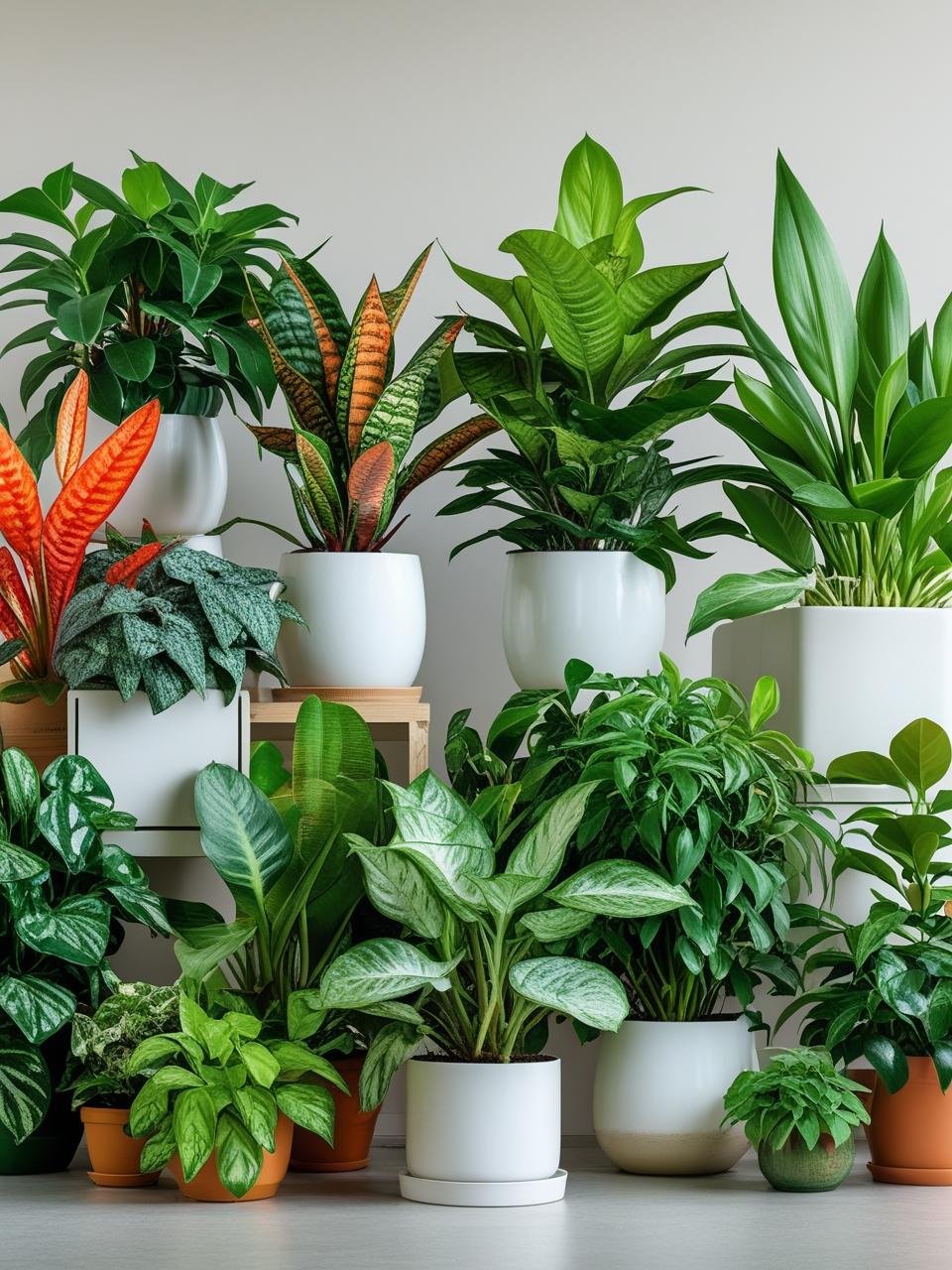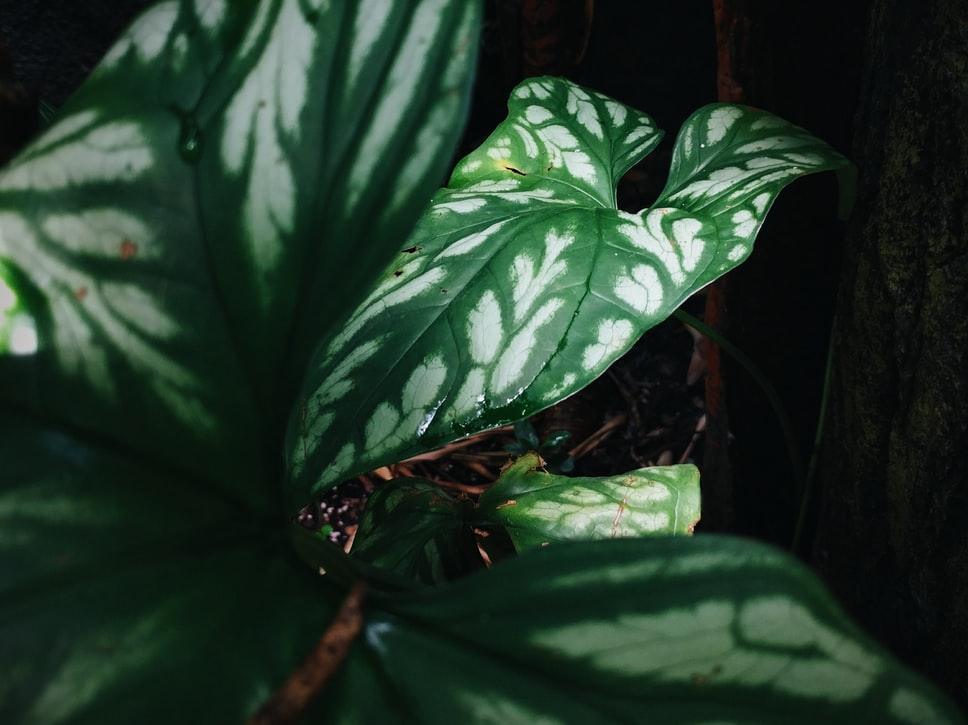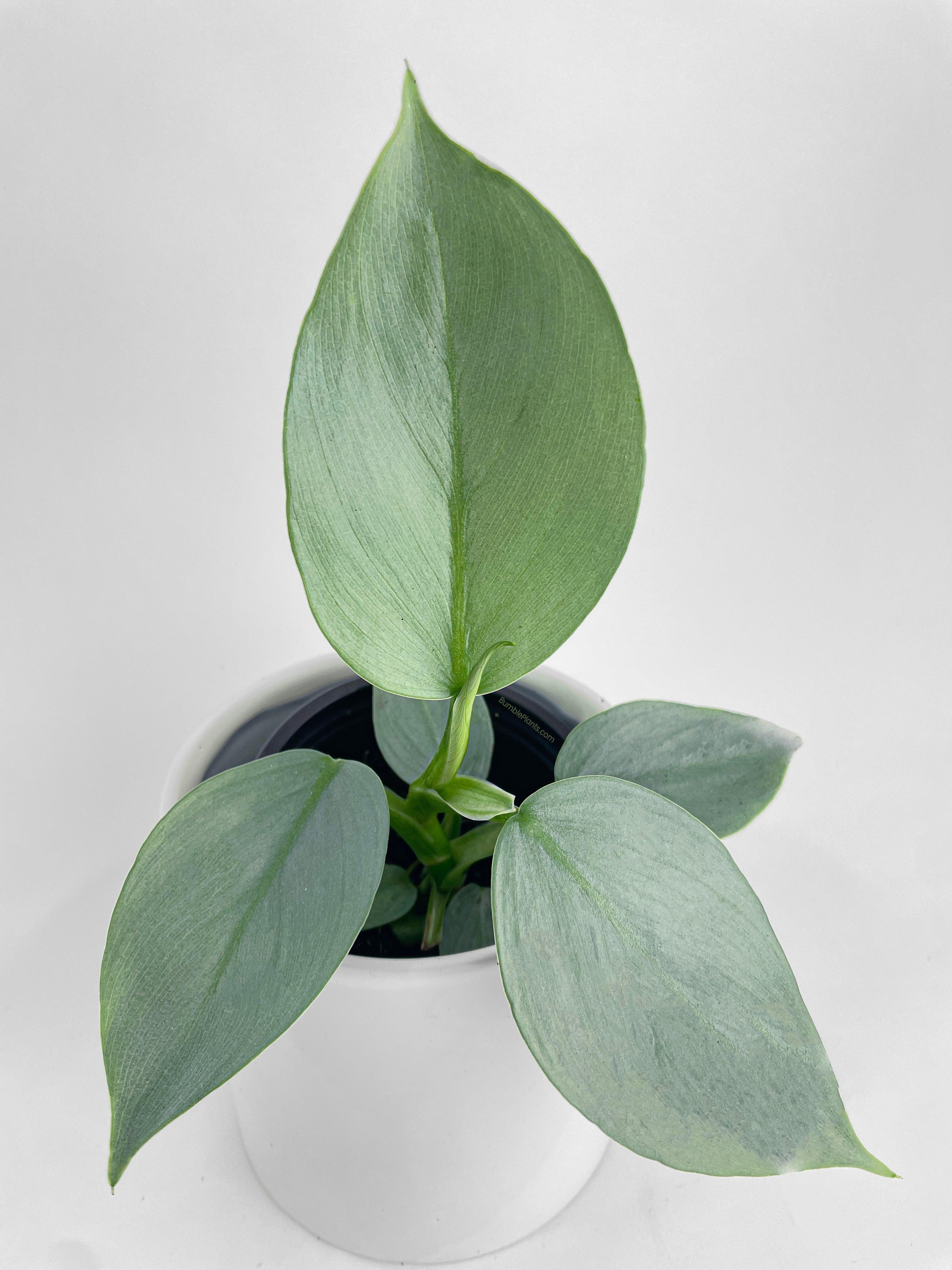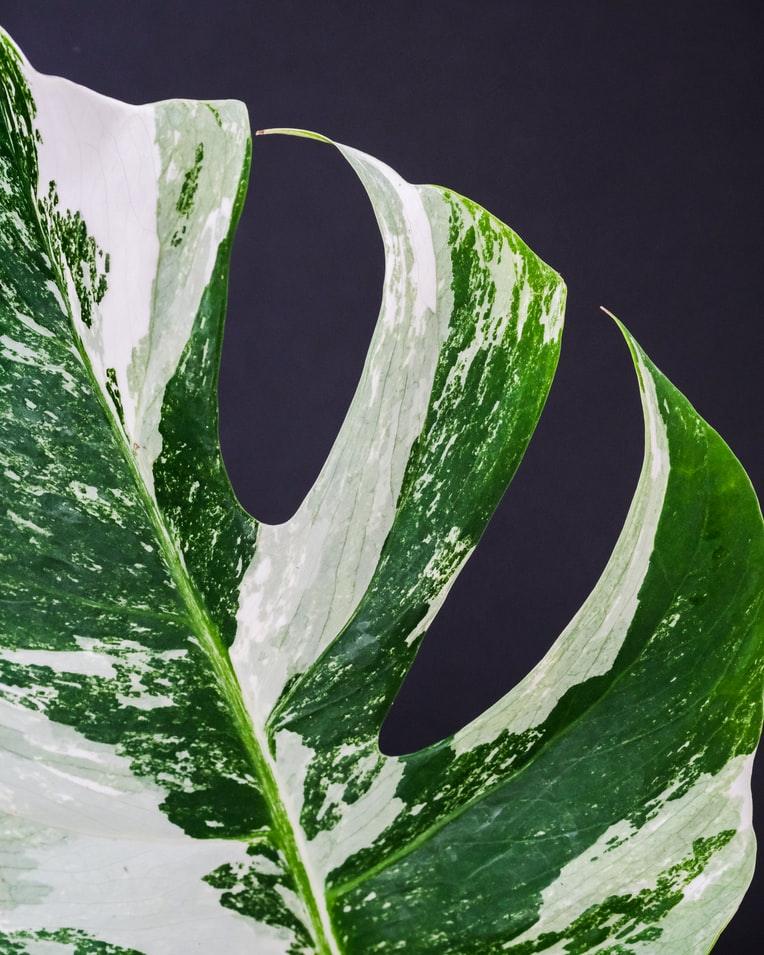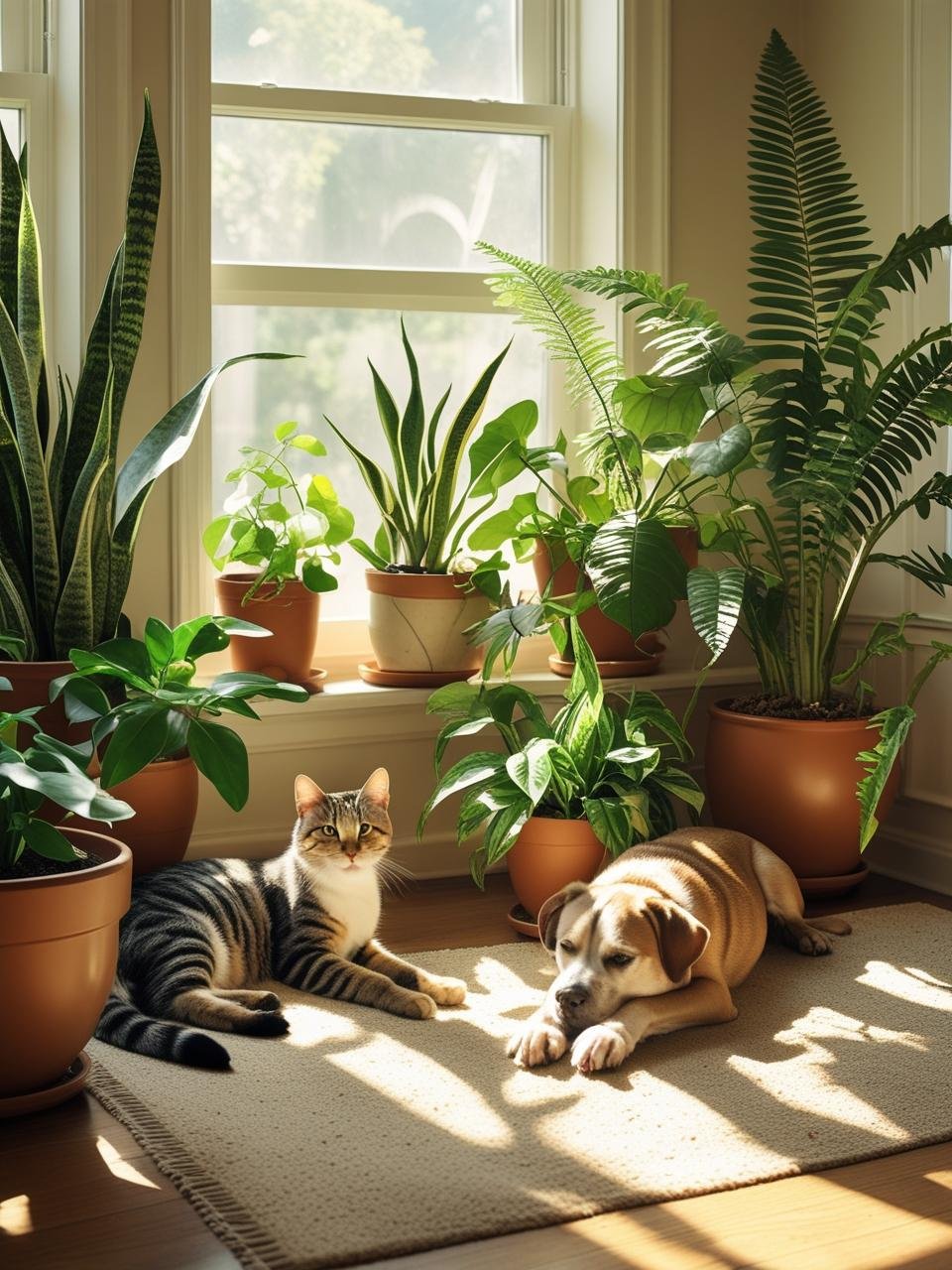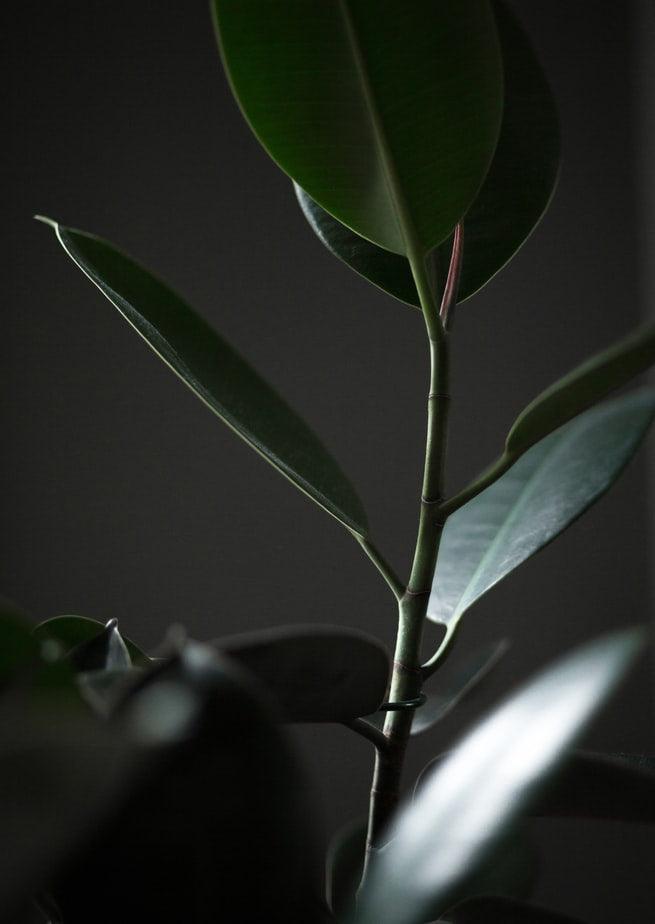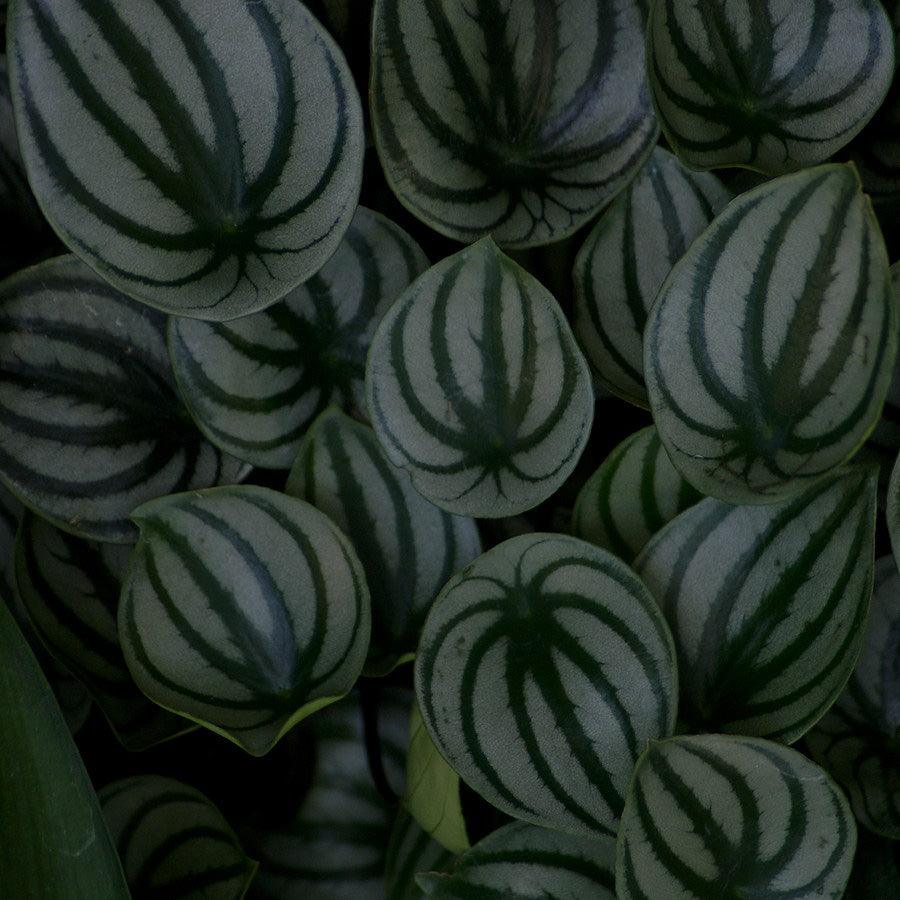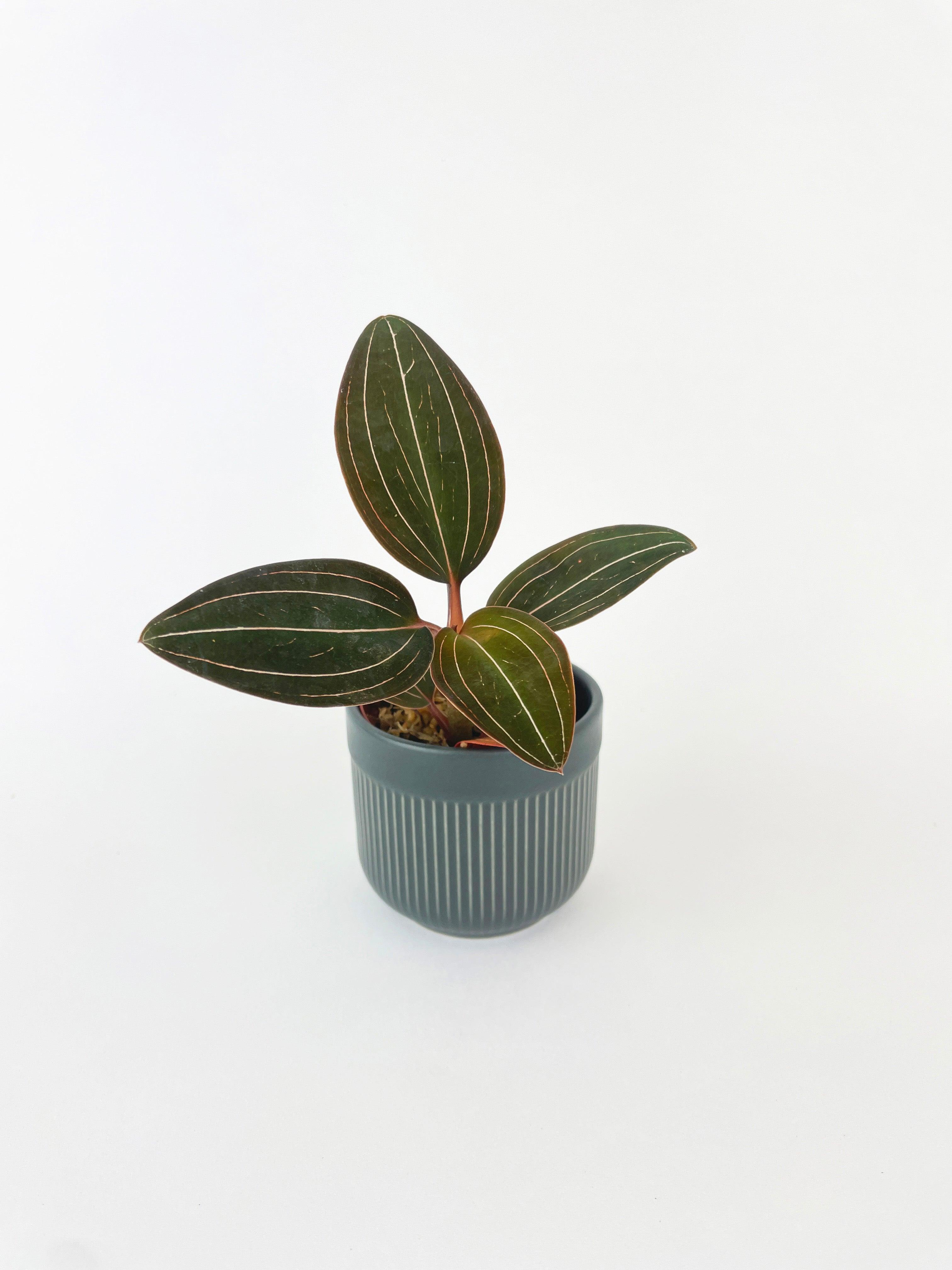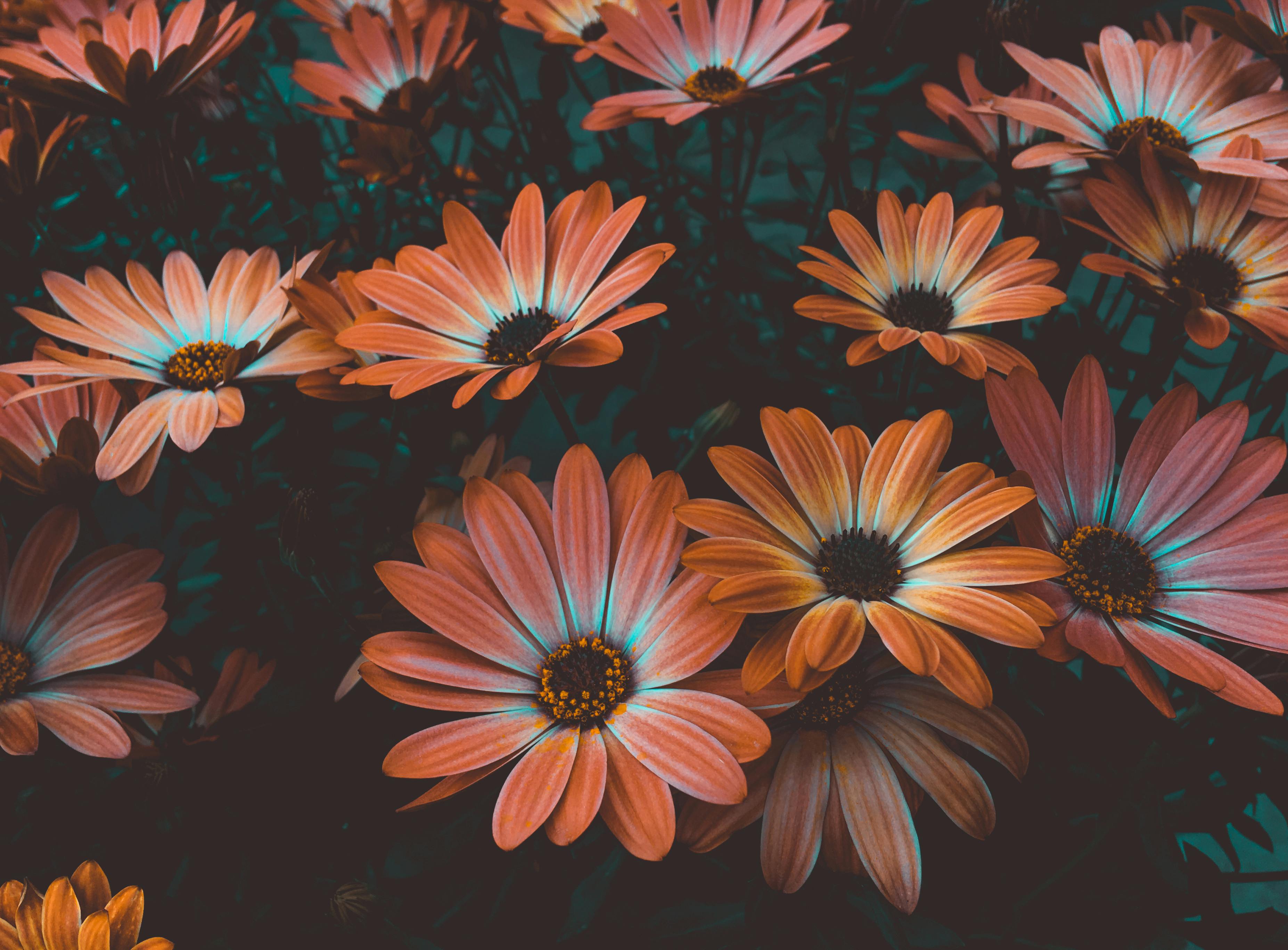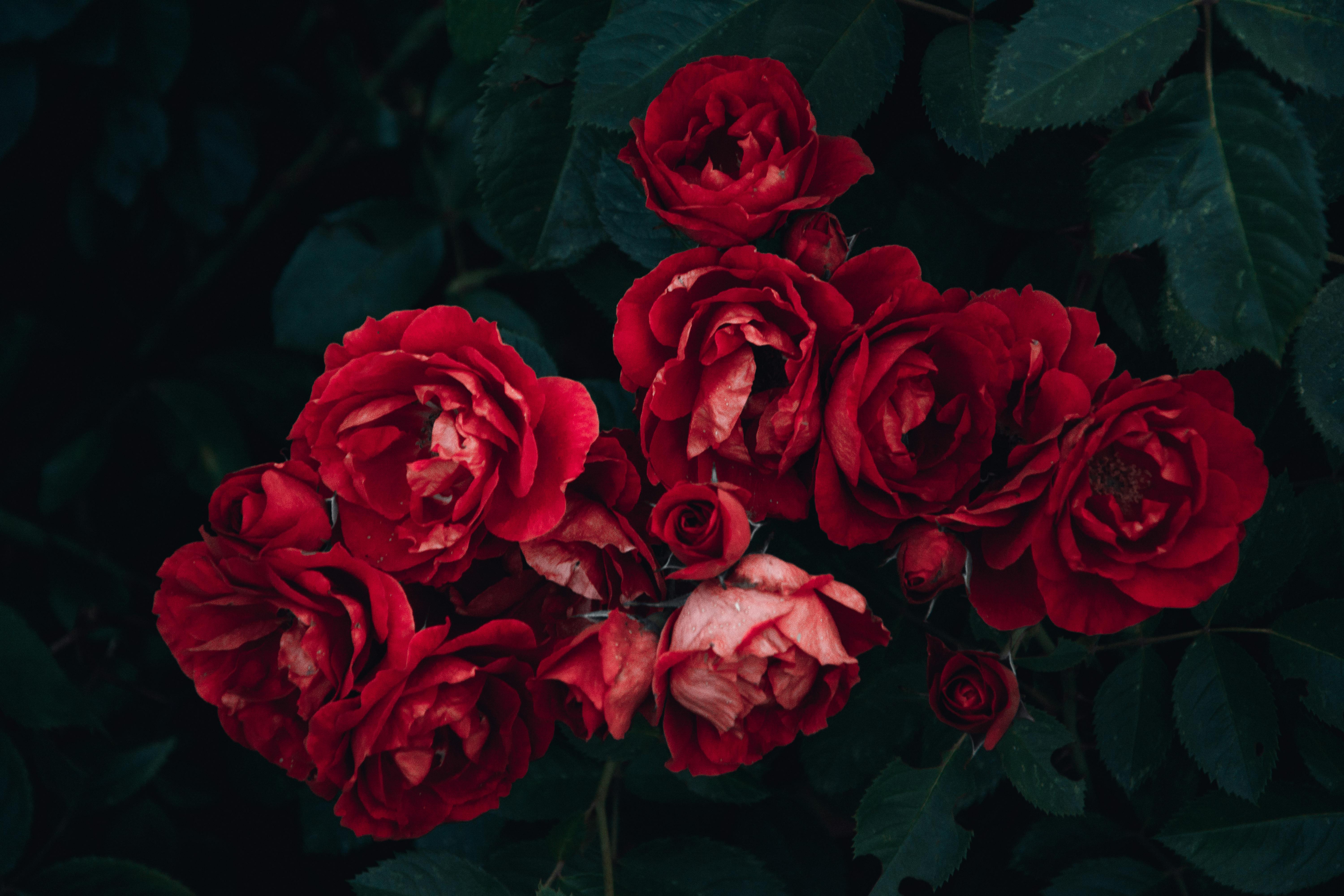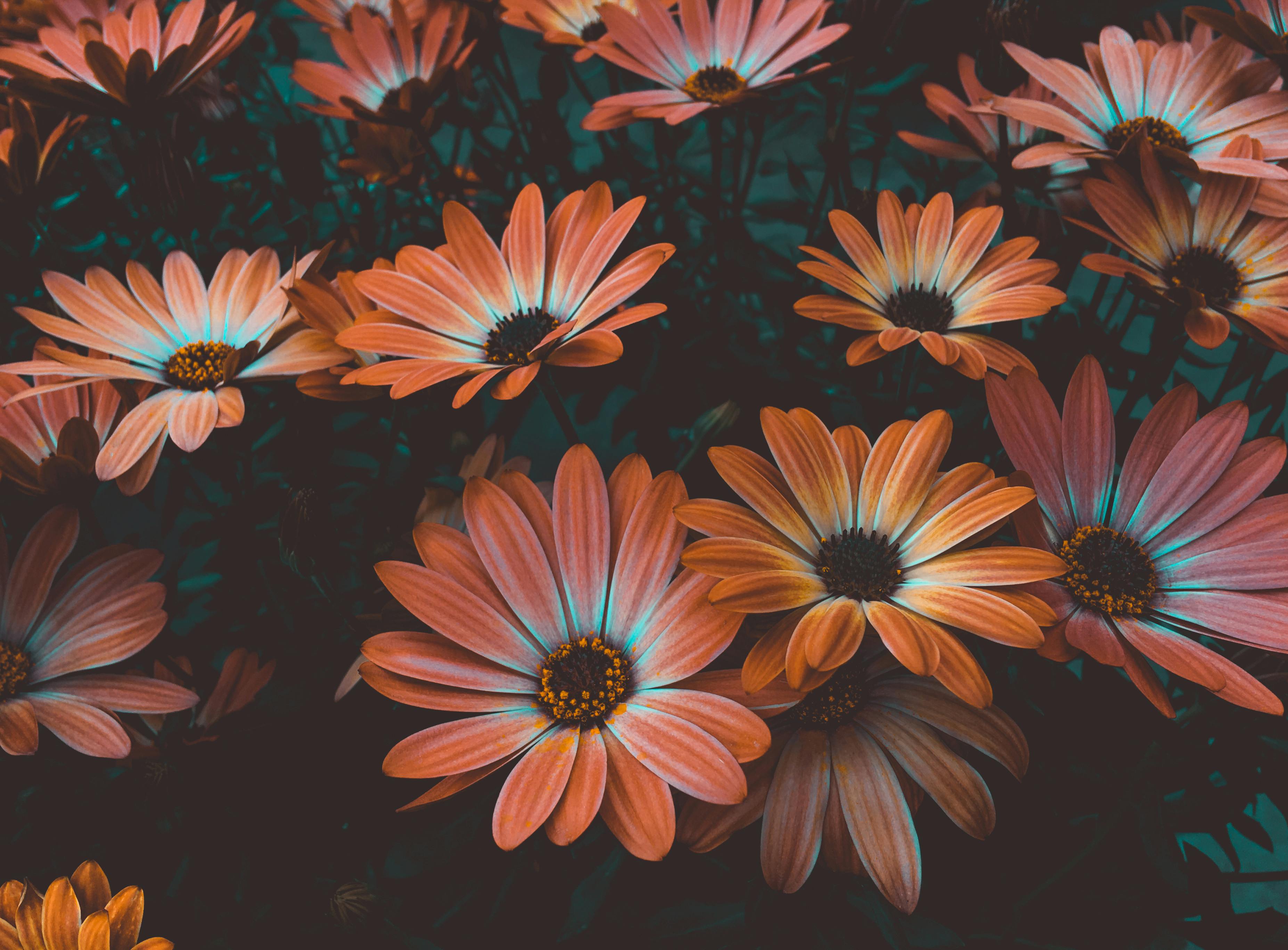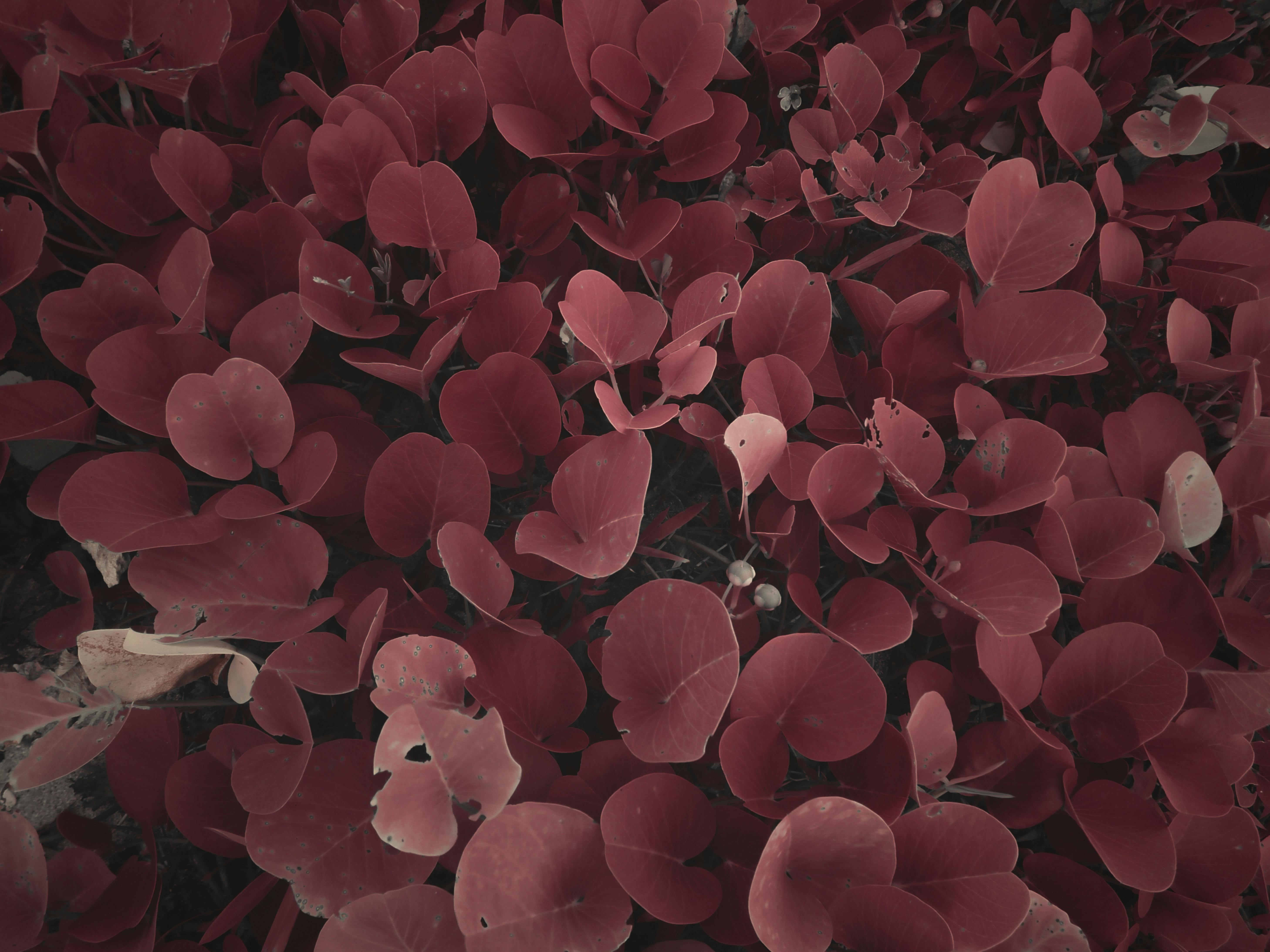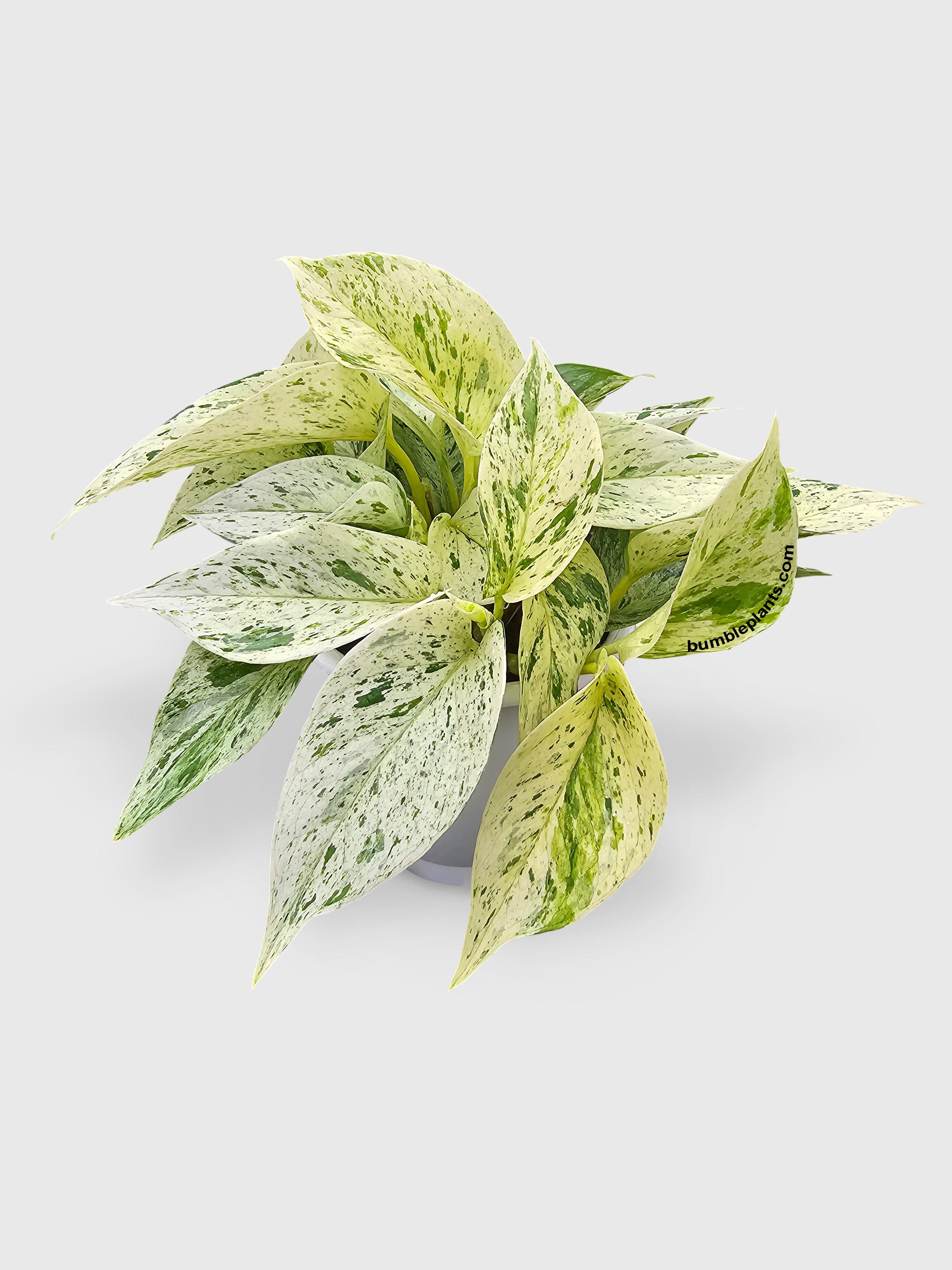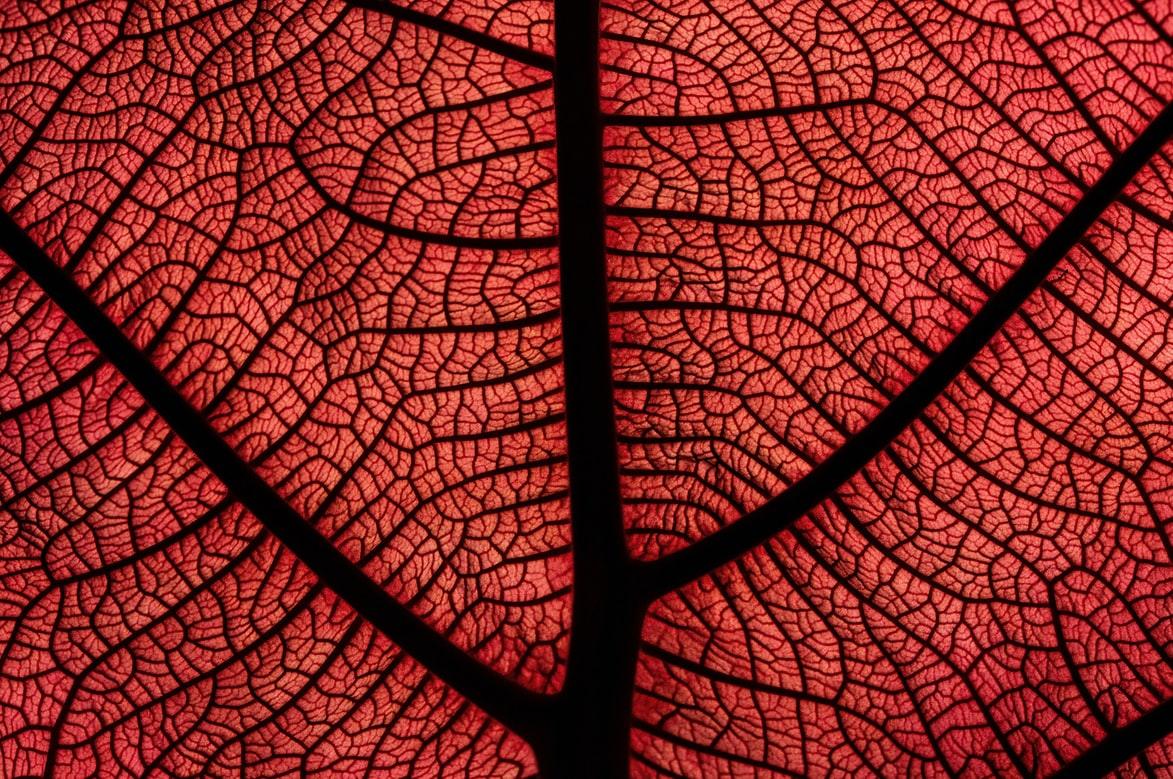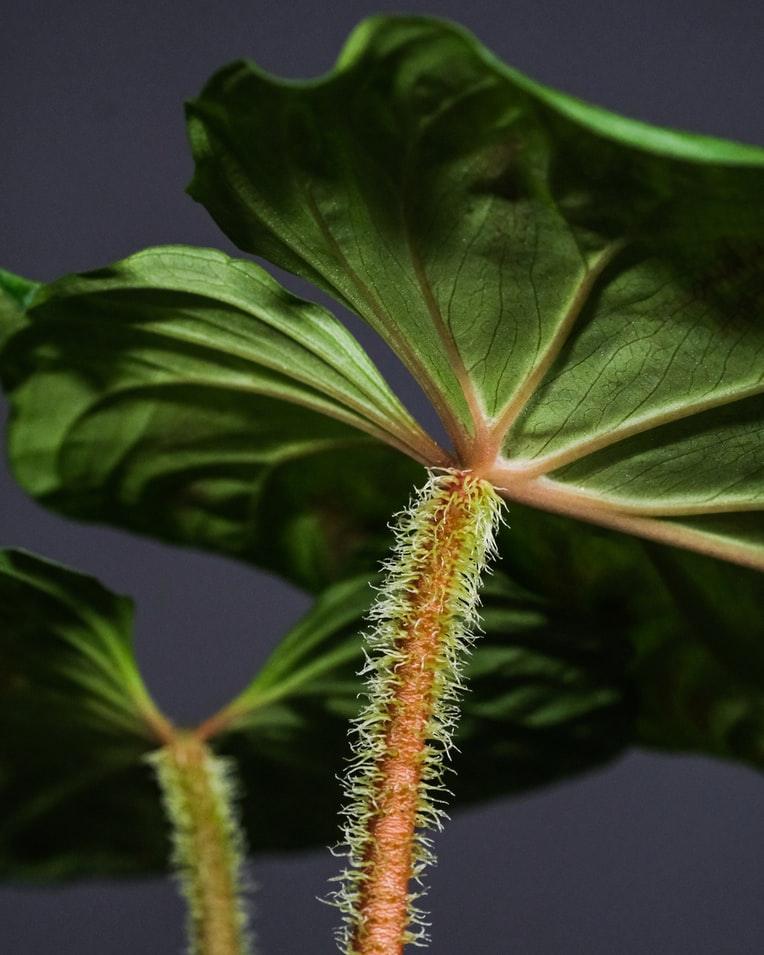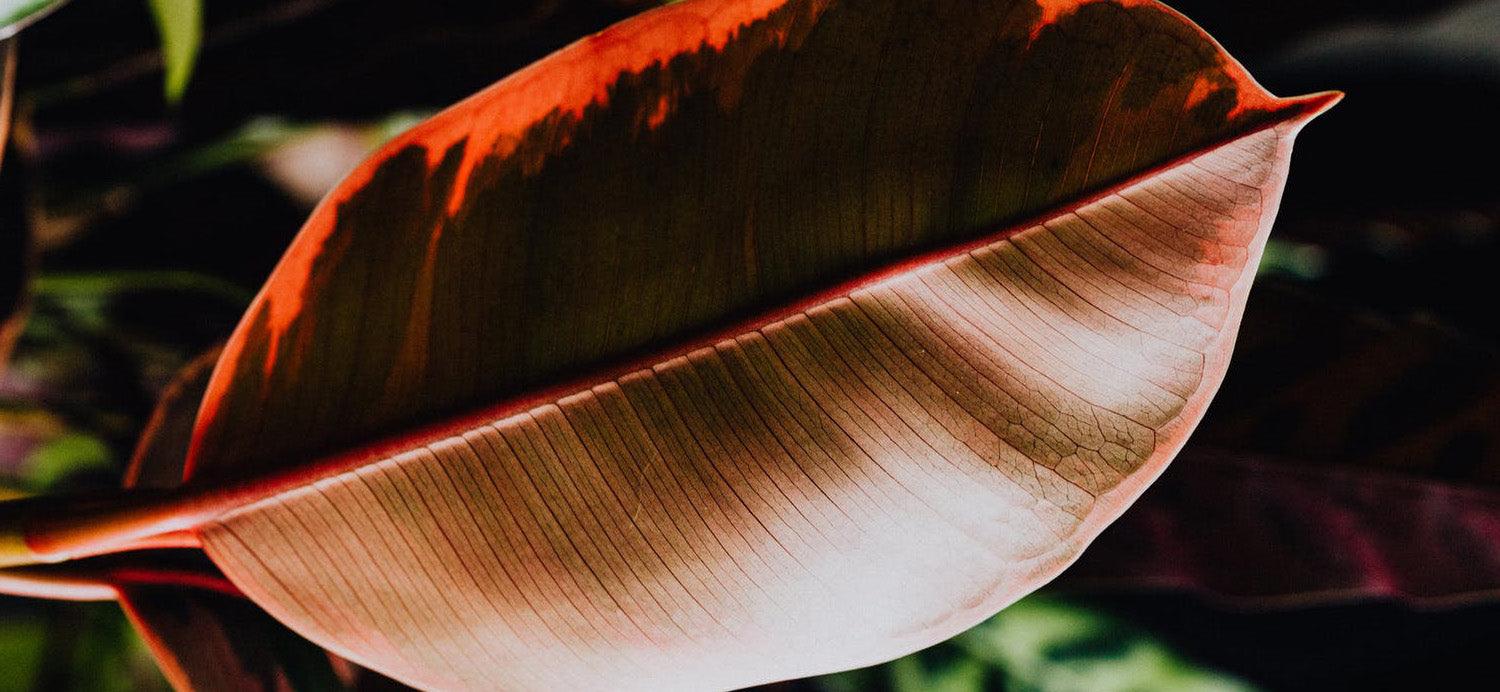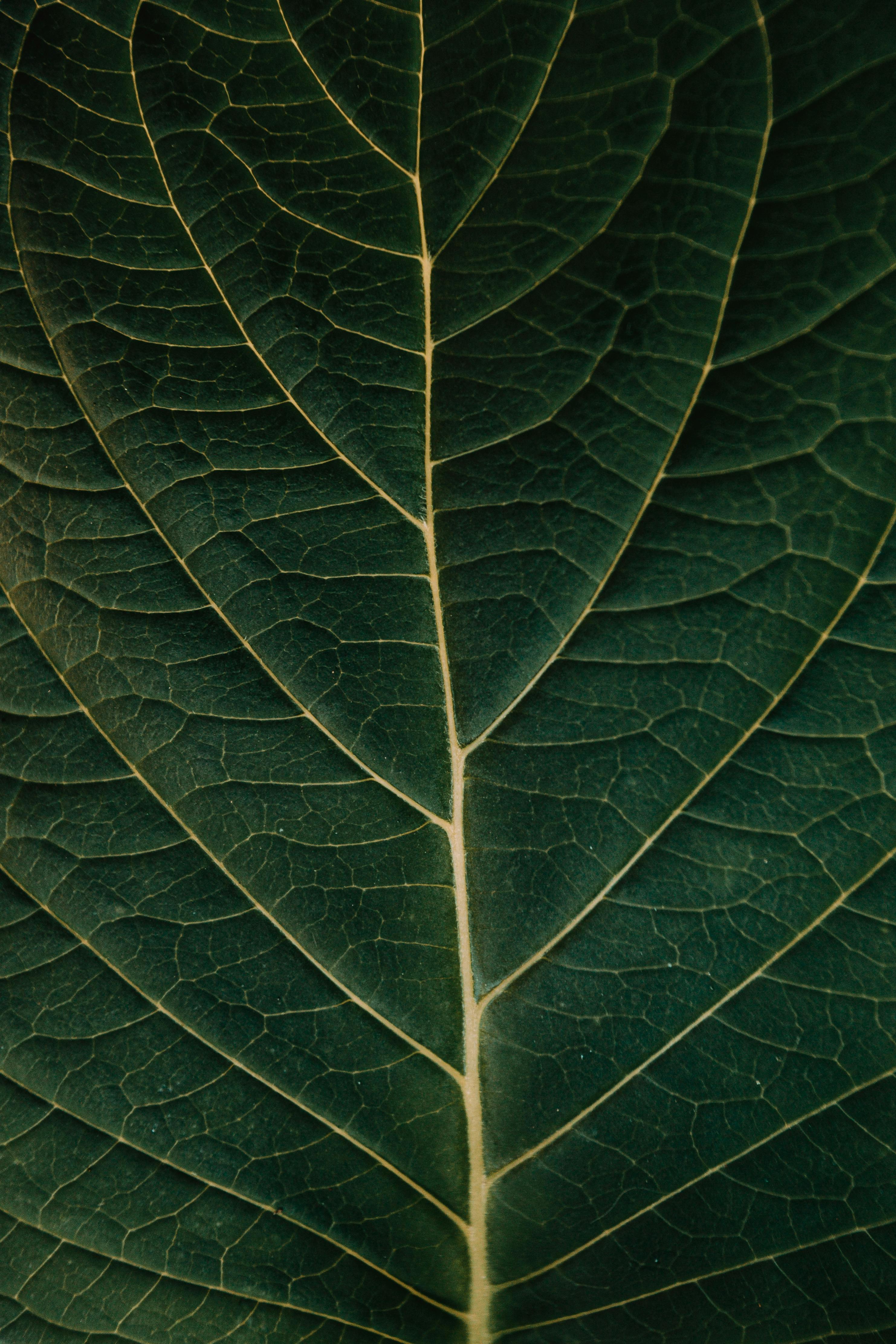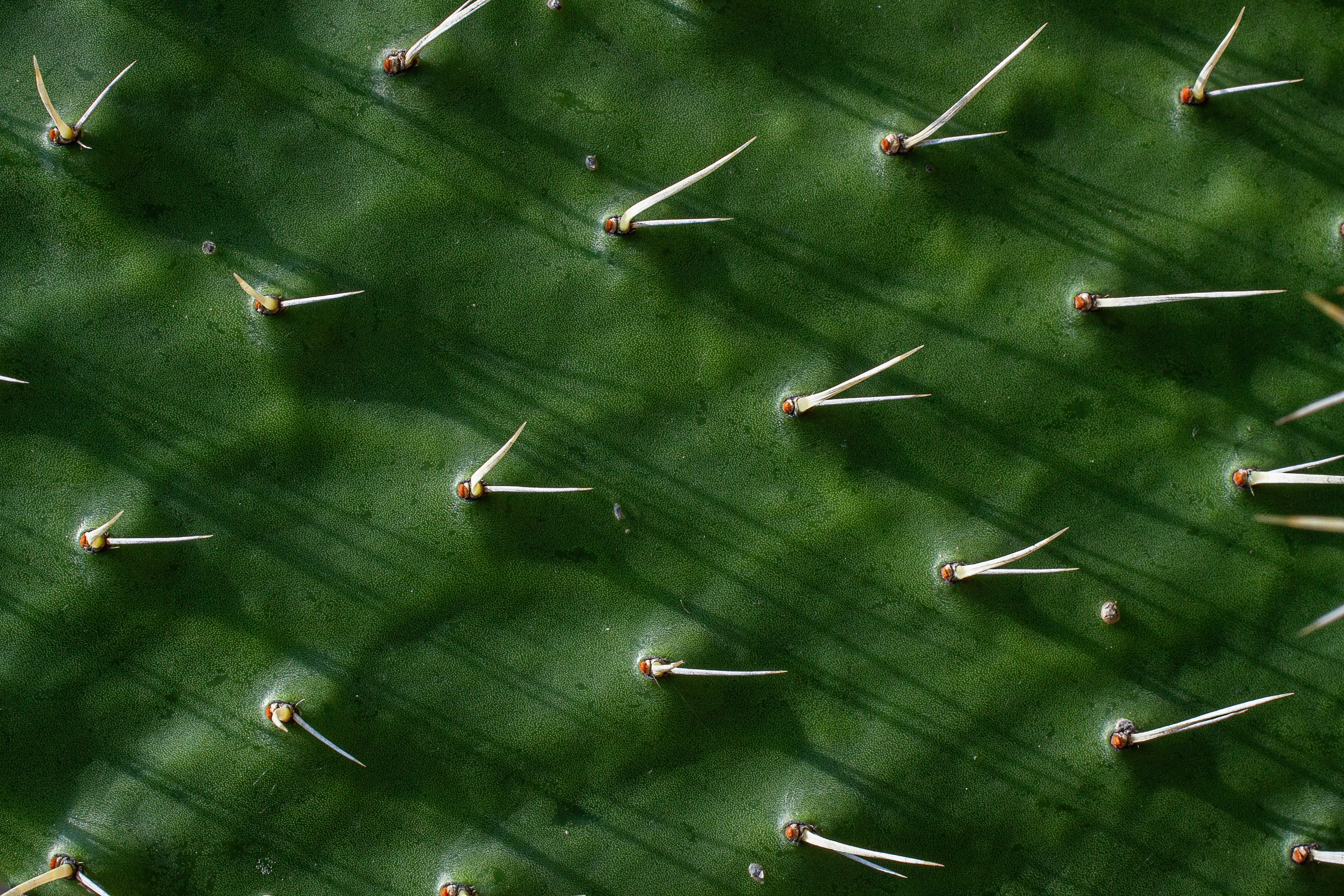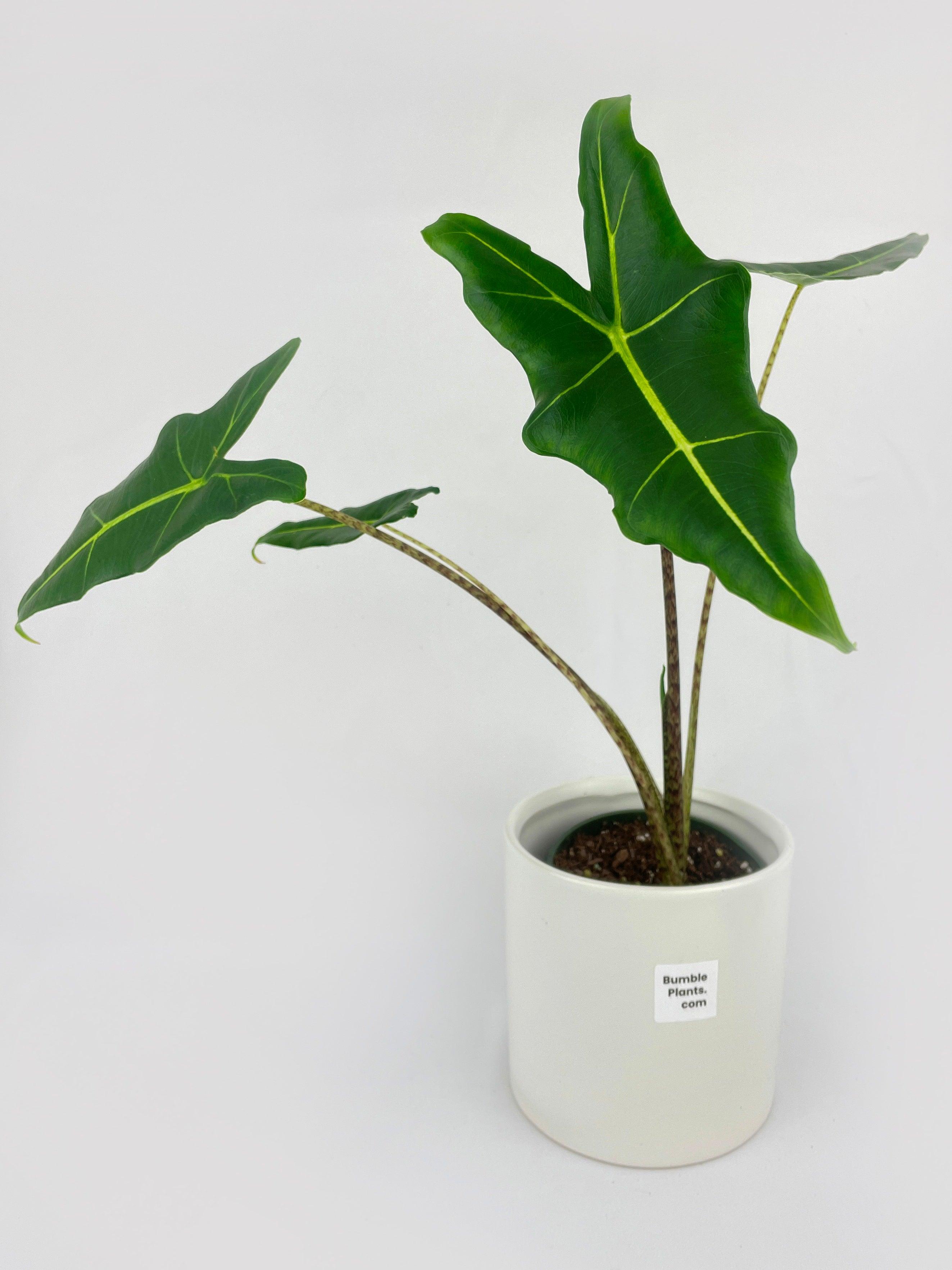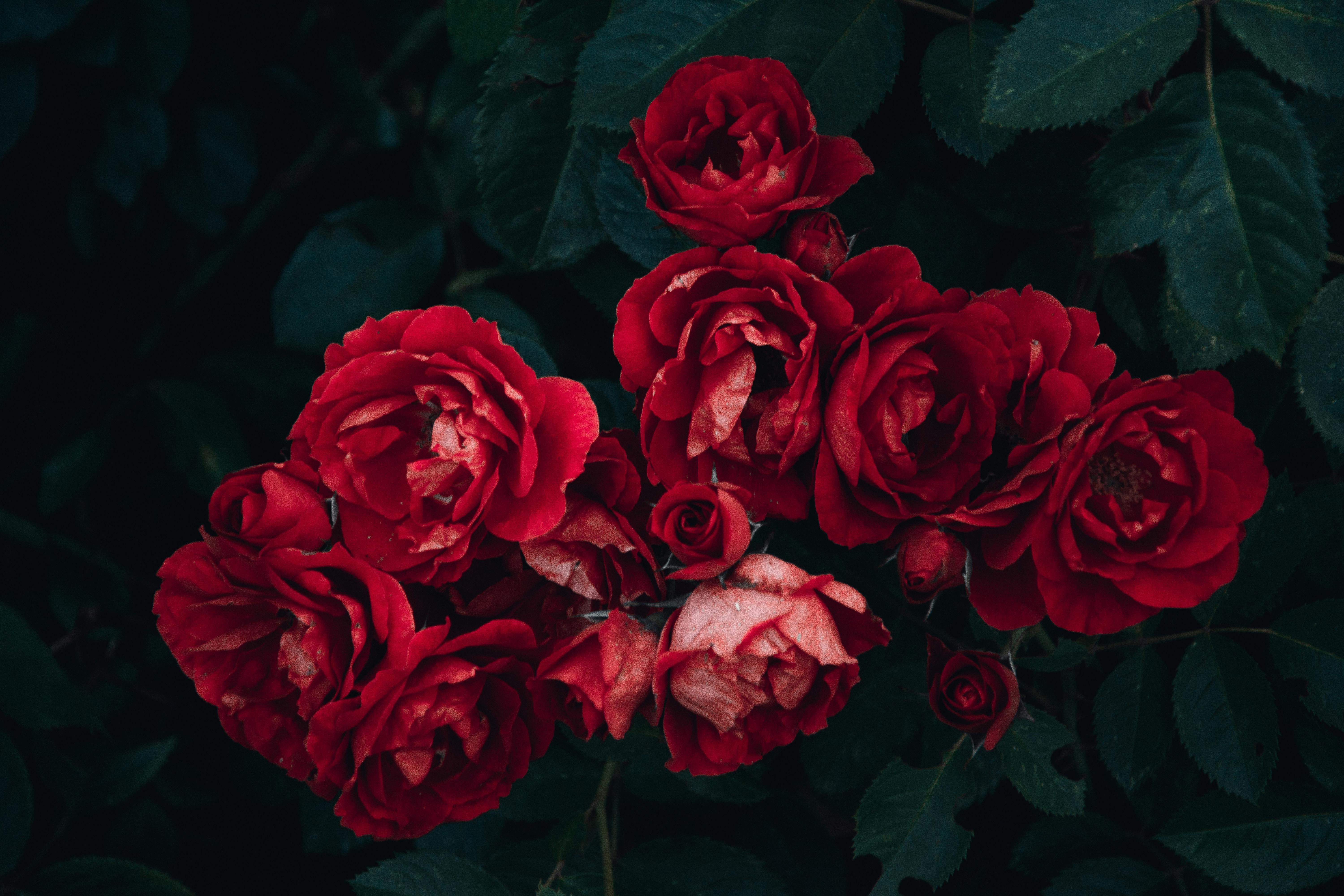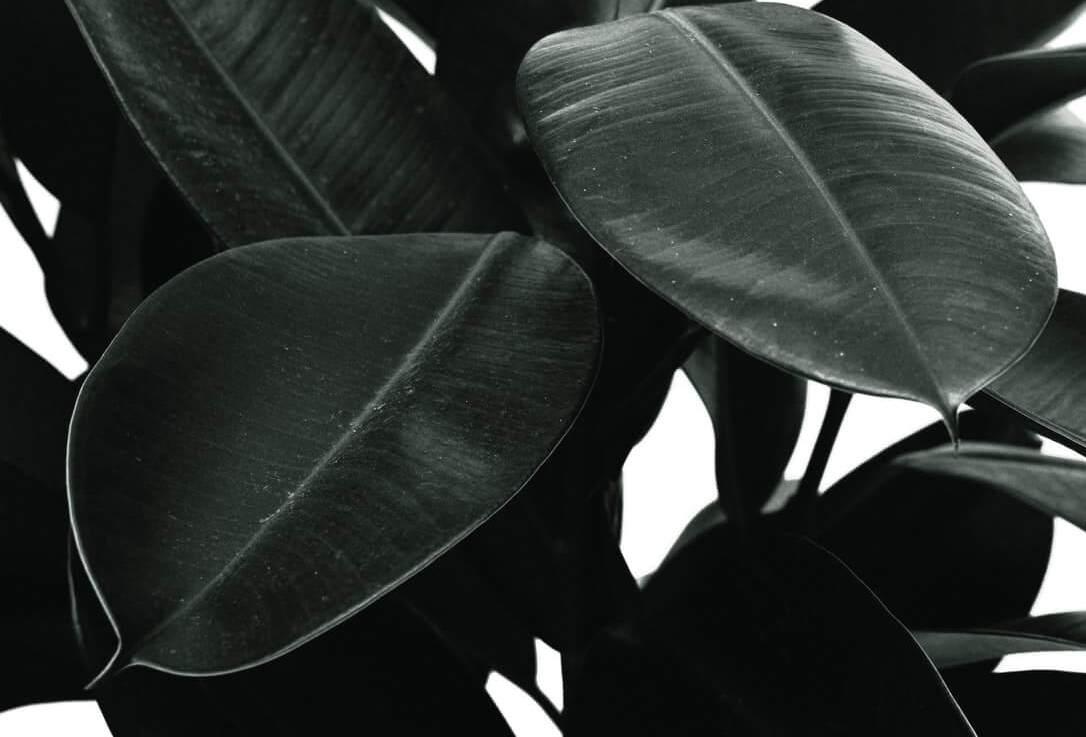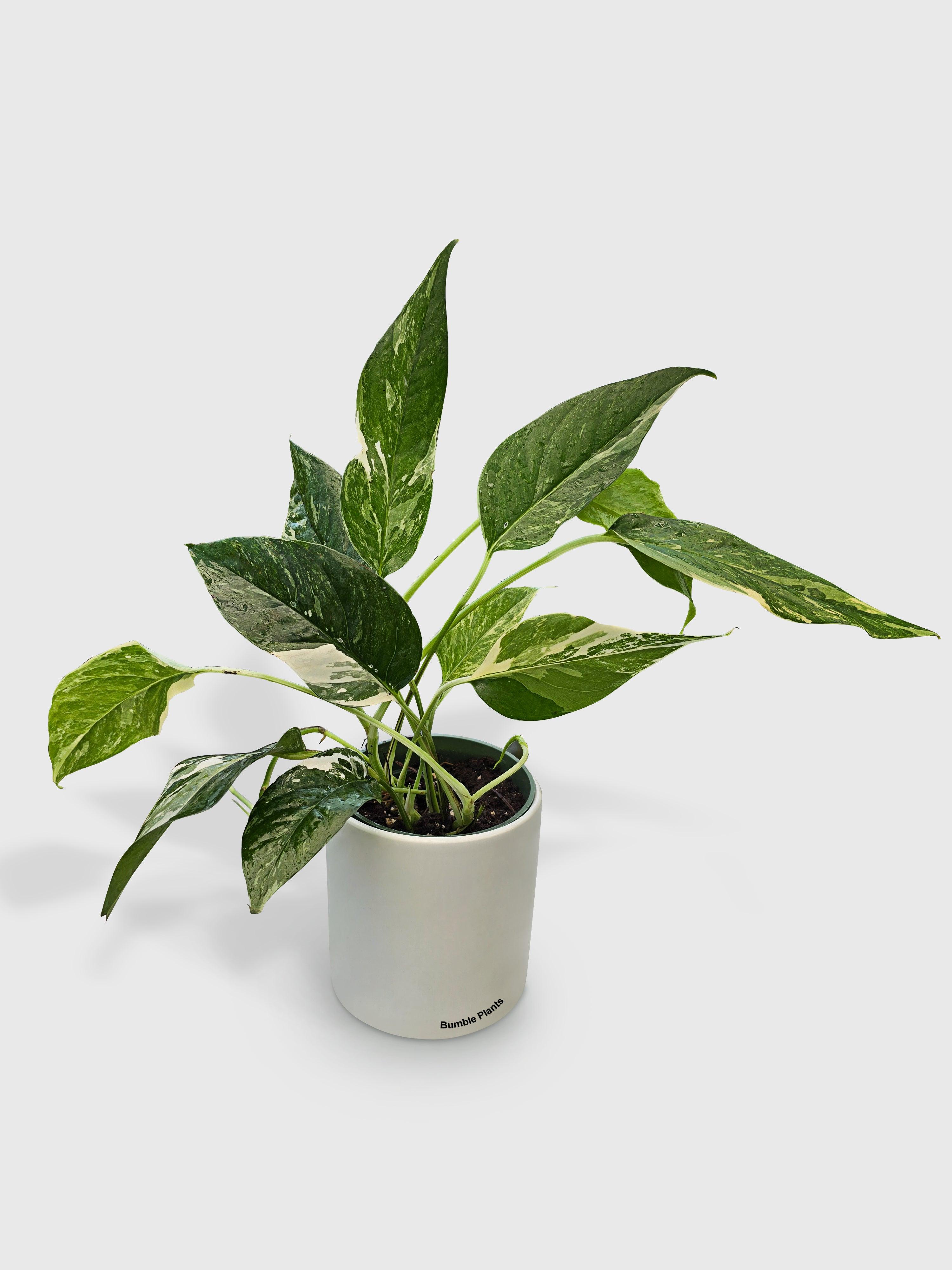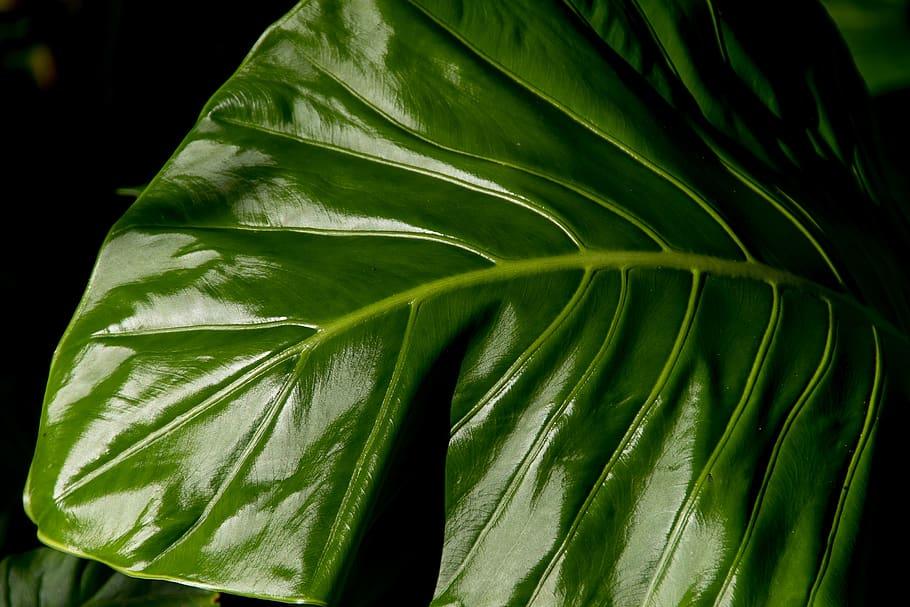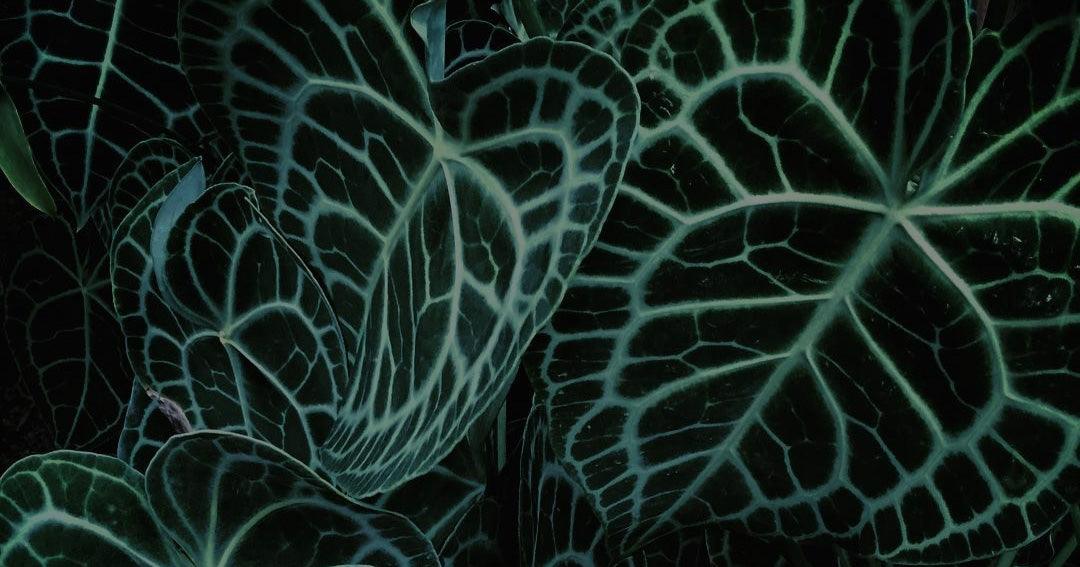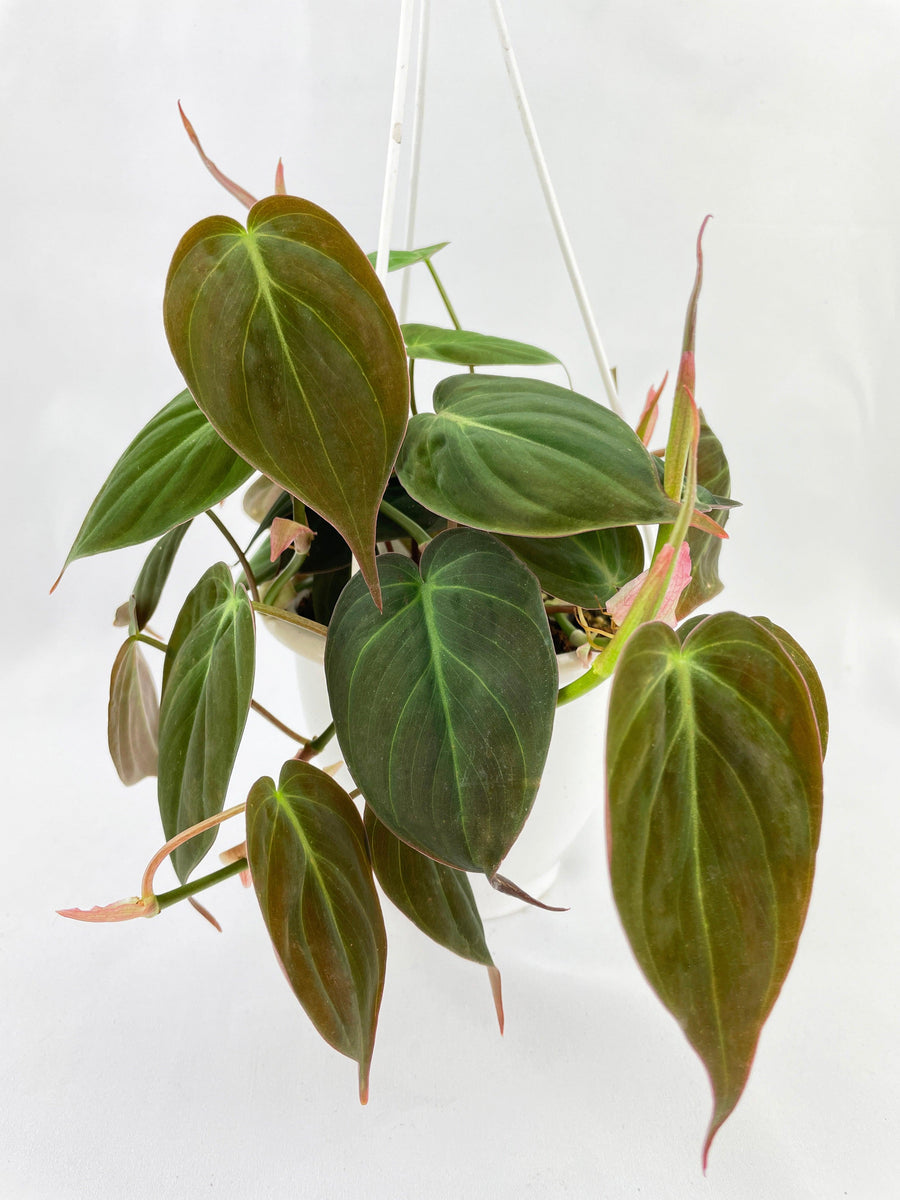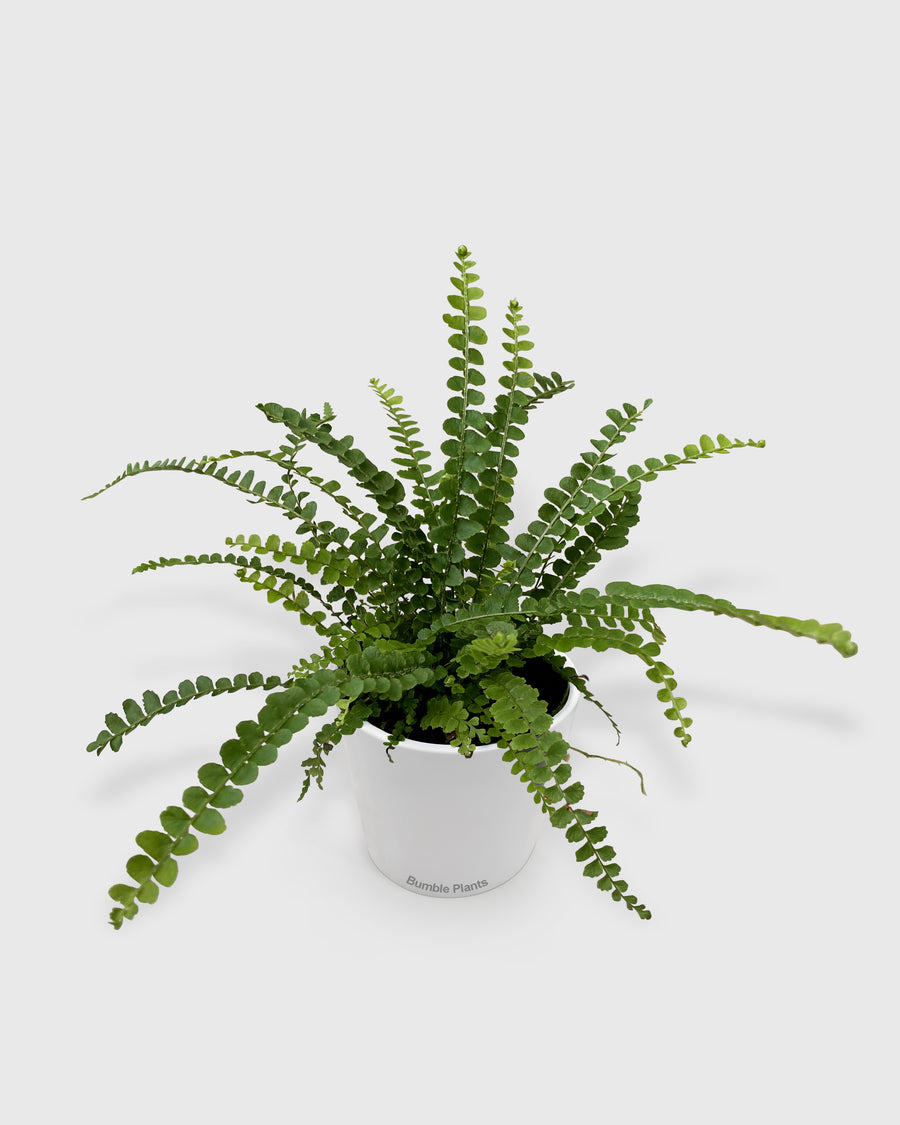Tips for Successful Indoor Gardening
Are you ready to embark on the journey of nurturing your very own indoor botanical haven? Perhaps you've already dipped your toes into the world of indoor gardening, or maybe you're just beginning to explore the possibilities. Whatever stage you're at, one thing is certain: finding the perfect pot for your string of hearts plant can make all the difference in the success of your indoor oasis. In this guide, we'll delve into the intricacies of indoor gardening, offering tips and insights to help you cultivate thriving indoor gardens that bring joy and vitality to your home.
Choosing the Right Plants
Indoor gardening success begins with selecting the perfect plants for your indoor space. Understanding the specific needs and requirements of different plants will set the foundation for a thriving indoor garden. Here are some key considerations when choosing the right plants:
Understanding Light Requirements
Research each plant's specific light requirements to determine the best placement within your home. South-facing windows typically provide the most intense light, ideal for sun-loving plants like succulents and cacti. East or west-facing windows offer moderate light levels suitable for a wide range of houseplants, including philodendrons, pothos, and spider plants. For rooms with limited natural light, consider low-light tolerant species such as snake plants, peace lilies, or ZZ plants, which can thrive even in dimly lit corners. Supplemental grow lights can also be used to supplement natural light and expand your options for indoor gardening. By carefully matching plants to their lighting needs, you'll set them up for success and create a vibrant and flourishing indoor garden sanctuary.
Selecting Suitable Containers
The choice of containers plays a crucial role in the success of your indoor garden. From providing adequate drainage to complementing your home decor, selecting suitable containers is essential. Here's what to consider:
Importance of Drainage
When watering your plants, ensure that excess water can freely drain out of the container, preventing waterlogged soil and root suffocation. Monitor the moisture levels regularly, adjusting your watering frequency according to the plant's needs and environmental conditions. In addition to promoting healthy root development, proper drainage also helps to maintain a balanced soil moisture level, reducing the risk of overwatering-related issues such as mold, fungus gnats, or nutrient leaching. Remember to empty any excess water that collects in saucers or trays to prevent water from reabsorbing into the soil. With attention to detail and a commitment to providing optimal growing conditions, you'll foster a thriving indoor garden that brings beauty and joy to your home.
Providing Adequate Light
Light is one of the most essential factors for indoor plant growth. Understanding how to provide adequate light for your plants ensures they thrive in your indoor garden. Consider the following tips:
Types of Light Sources
Understanding the light preferences of your indoor plants is key to creating a harmonious environment where they can flourish. Take note of the intensity, duration, and direction of sunlight in different areas of your home throughout the day to determine the most suitable placement for each plant. Keep in mind that even within the same room, light levels can vary significantly depending on factors such as proximity to windows, obstructions, and seasonal changes. By carefully selecting and positioning your plants according to their light requirements, you'll maximize their growth potential and enhance the overall aesthetic appeal of your indoor space. Don't hesitate to experiment with different arrangements and lighting setups to find the perfect balance that meets both your plants' needs and your design preferences. With a bit of planning and creativity, you'll create a thriving indoor garden oasis that brings beauty and vitality to your home year-round.
Watering Techniques
Understanding Plant Water Requirements
Overwatering is one of the most common causes of plant problems, leading to root rot, fungal diseases, and other issues. To avoid this, always check the soil moisture level before watering by inserting your finger into the soil about an inch deep. If it feels dry, it's time to water; if it's still moist, hold off for a few more days. Remember that factors such as temperature, humidity, and air circulation can affect how quickly the soil dries out, so it's essential to monitor your plants regularly. Additionally, consider using a watering method that allows water to be absorbed slowly and evenly, such as bottom watering or using a watering can with a narrow spout to target the soil directly. By paying attention to your plants' individual water needs and providing them with the right amount of moisture, you'll help them thrive and stay healthy for years to come.
Soil and Potting Mixtures
Importance of Well-Draining Soil
When selecting a potting mix for your indoor plants, look for options labeled as "well-draining" or "lightweight," which typically contain a mix of ingredients such as peat moss, perlite, and vermiculite. These porous materials help retain moisture while allowing excess water to drain freely, preventing waterlogged conditions that can lead to root rot and other problems. Additionally, consider adding organic matter such as compost or coconut coir to improve soil structure and fertility. As your plants grow, periodically refresh the potting mix by gently loosening and aerating the soil, and top-dressing with fresh compost or organic matter as needed. With proper soil management practices, you'll provide your indoor plants with the optimal growing environment they need to thrive and flourish.
Temperature and Humidity Control
Ideal Temperature Ranges
Most indoor plants thrive in temperatures similar to those found in typical indoor environments, ranging from 65°F to 75°F (18°C to 24°C) during the day and slightly cooler at night. Avoid placing plants near drafty windows or heat sources that can cause temperature fluctuations.
Pest and Disease Management
Identifying Common Indoor Plant Pests
Keep an eye out for common indoor plant pests such as aphids, spider mites, and mealybugs. Inspect your plants regularly for signs of pest infestation, including yellowing leaves, sticky residue, and visible insects. Early detection allows for prompt intervention and minimizes damage to your plants.
Pruning and Maintenance
Importance of Regular Pruning
Incorporate pruning into your regular plant care routine to maintain the health and vitality of your indoor greenery. Focus on removing any overcrowded or crossing branches to promote a more balanced and aesthetically pleasing appearance. Don't be afraid to experiment with different pruning techniques, such as pinching back stems or selective pruning to encourage branching and bushier growth. As you become more familiar with your plants' growth habits, you'll develop a keen eye for when and how to prune effectively. Remember, pruning is a form of self-care for your plants, helping them thrive and flourish in their indoor environment for years to come.
Monitoring
Signs of Plant Stress and How to Address Them
In addition to regular monitoring, establish a consistent care routine tailored to the specific needs of each plant. This may include watering on a set schedule, fertilizing during the growing season, and periodically repotting to refresh the soil and provide more room for root growth. Embrace the therapeutic benefits of tending to your indoor garden, as nurturing plants can be a rewarding and fulfilling experience. Remember that every plant is unique, so be patient and observant as you learn to cultivate a thriving indoor oasis that brings joy and tranquility to your home.
Creative Display and Decor
Creative Container Options
Don't forget to consider the size and drainage needs of your plants when selecting containers. Opt for pots with drainage holes or add a layer of gravel at the bottom to prevent waterlogging. Mix and match different textures, colors, and heights to create visual interest and elevate your plant display. Experiment with grouping plants for a lush, jungle-like arrangement, or showcase a single statement plant as a focal point in a minimalist pot. Let your imagination run wild as you embark on your journey to transform your living space into a green oasis filled with personality and charm.
Conclusion
Congratulations on taking the first step towards creating a flourishing indoor garden! By implementing the tips and techniques outlined in this guide, you're well on your way to becoming a successful indoor gardener. Remember, finding the perfect pot for your string of hearts plant is just the beginning of your indoor gardening journey. With dedication, patience, and a little bit of creativity, you can cultivate a thriving oasis of greenery that brings joy and vitality to your home.
Incorporating indoor plants into your living space not only enhances the aesthetic appeal but also contributes to improved air quality, mood enhancement, and overall well-being. So whether you're a seasoned indoor gardener or just starting, don't hesitate to experiment, learn from your experiences, and share your passion for indoor gardening with others. With the right care and attention, your indoor garden will continue to grow and thrive, bringing nature's beauty indoors for years to come. Here's to happy gardening and the endless possibilities of indoor botanical bliss.


